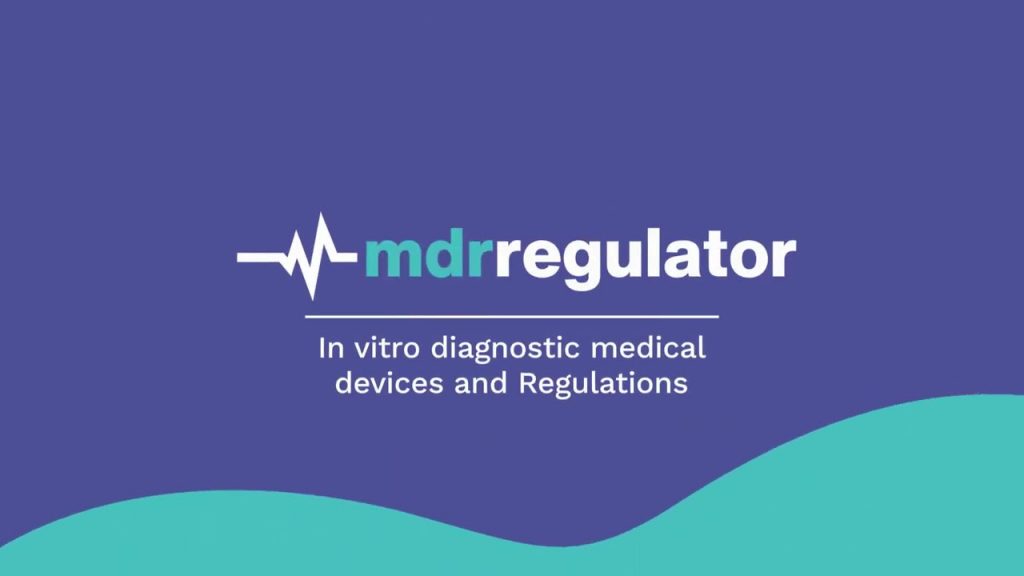In vitro diagnostic medical devices
In vitro diagnostic medical devices are intended to examine samples taken from the human body. They include, for example, serological diagnostic reagents, urine containers and in vitro diagnostic devices for self-testing, such as pregnancy tests.

What are in vitro diagnostic medical devices?
- a medical device which is a reagent, reagent product, calibrator, control material, kit, instrument, apparatus, equipment or system, whether used alone or in combination, intended by the manufacturer to be used in vitro for the examination of samples taken from the human body, including blood and tissues, solely or principally to provide information:
- of physiological or pathological condition,
- about congenital defects,
- to establish safety for and compatibility with the potential recipient,
- to monitor therapeutic measures,
- a sample container specifically designed by the manufacturer for the direct storage and preservation of samples taken from the human body for in vitro diagnostic testing,
- laboratory equipment for general use if, by reason of its characteristics, it is specifically intended by the manufacturer for use in vitro diagnostic tests.
- “Device for self-monitoring” means any device intended by the manufacturer to be used by a non-professional in a domestic environment.
- “Device used for performance evaluation” means any device intended by the manufacturer to undergo one or more performance evaluation tests in medical laboratories or other appropriate locations outside his premises.
Qualification and classification of in vitro diagnostic medical device
An in vitro diagnostic medical device must meet the ‘in vitro’ condition, i.e. it is intended for testing samples taken from the body. It is classified in one of four groups: List A, List B, self-monitoring devices, other in vitro diagnostic medical devices in addition to those included in List A and B and self-monitoring devices.
How to place an in vitro diagnostic medical device on the market?
In order to place an in vitro diagnostic medical device on the market, it must first be correctly qualified and classified. Then, its conformity assessment must be carried out and it must undergo certification, if required. The final step is to register the device with the Office for Registration of Medicinal Products, Medical Devices and Biocidal Products. Our experts will provide a comprehensive service of introducing a medical device for in vitro diagnostics to the market.
What is the new IVDR Regulation?
The regulation on in vitro diagnostic medical devices 2017/746 (IVDR) replaces the current Directive 98/79/EC. The new IVDR, like Regulation 2017/745 (MDR), adapts EU legislation to technological progress, medical developments and progress in lawmaking.
Differences between IVDD and IVDR
The biggest change concerns the risk classification of in vitro diagnostic medical devices. In the IVDD, the allocation to classes was based on the list, while in the IVDR regulation, the device is classified into one of four groups, from Class A (lowest risk) to Class D (highest risk). More stringent requirements for clinical and compliance assessment were also introduced.
When will the IVDR take effect?
Regulation 2017/745 (IVDR) will replace the current directive on in vitro diagnostic medical devices 98/79/EC (IVDD). The publication of the IVDR Regulation in May 2017 started a five-year transition period. The IVDR Regulation will replace the IVDD on 26 May 2022.
In vitro diagnostic medical devices a COVID-19
In vitro diagnostic medical devices play a key role in the fight against COVID-19. Serological and genetic tests make it possible to detect the presence of SARS-CoV-2 in the human body.
Links
- Act of 20 May 2010 on Medical Devices
- IVDR Regulation (746/2017)
- Office for Registration of Medicinal Products, Medical Devices and Biocidal Products
- European Commission, medical device sector